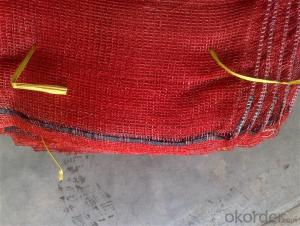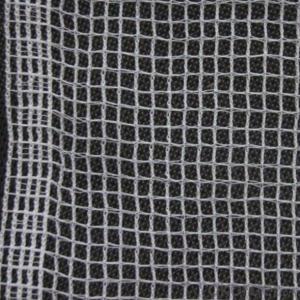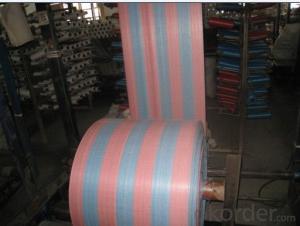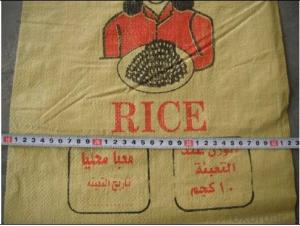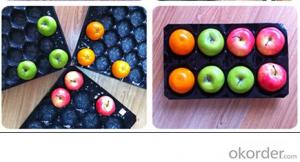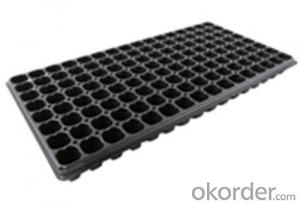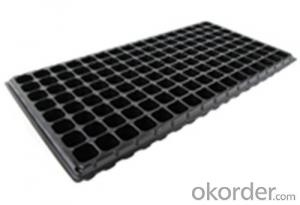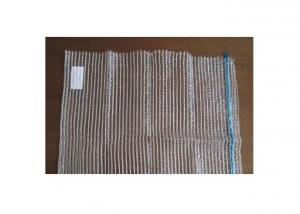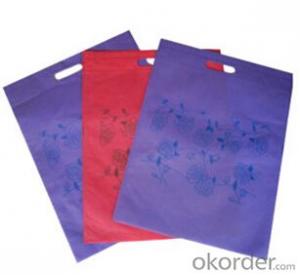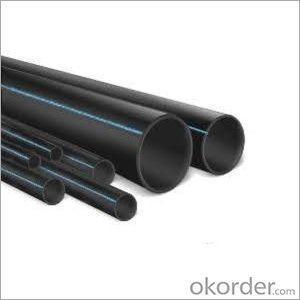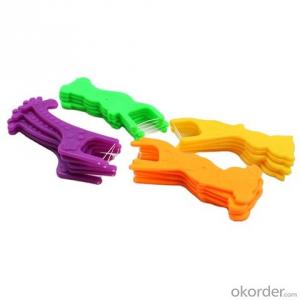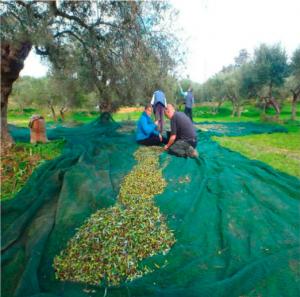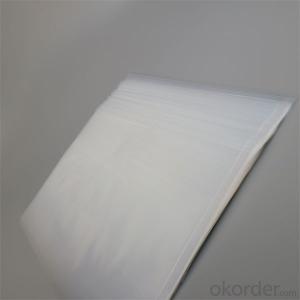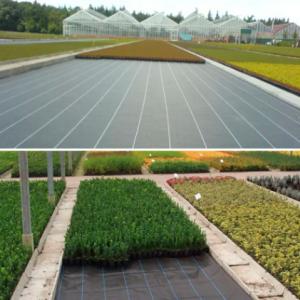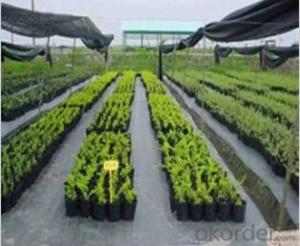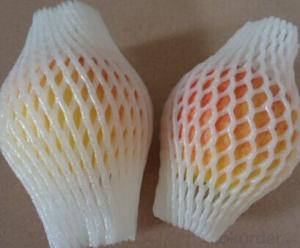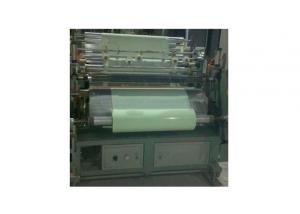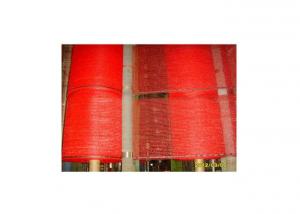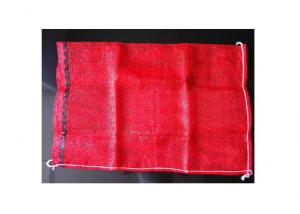Agricultural Vegetable Mesh Bag 28G for South American Market
- Loading Port:
- Shanghai
- Payment Terms:
- TT OR LC
- Min Order Qty:
- 10000 m²
- Supply Capability:
- 1000000 m²/month
OKorder Service Pledge
OKorder Financial Service
You Might Also Like
Product Name of Agricultural Vegetable Mesh Bag 28G for South American Market:
PE Mesh Bag VIOLET
Loading Port: Shanghai port, China
Min.order quantity: 1*20GP
Supply Capability: 20*40HC per month
Payment Terms: TT or LC
Introduction of Agricultural Vegetable Mesh Bag 28G for South American Market:
This products is made by HDPE (High-Density Polyethylene) or PP (Polypropylene), it is used for packing olive, onions, potatoes, and so on.
Specification of Agricultural Vegetable Mesh Bag 28G for South American Market:
30x50cm, 40x60cm, 42x70cm, 50x80cm, 55x78cm, 55x85cm, 57x86cm, 60x90cm, etc.
Width and length are as customers’ request.
Color: red, green, yellow, white, pink, orange, purple, as per your requirements
Top: Hemmed or locked, with drawstring or without, handle is available
Bottom: Single fold or double fold. Single stitch or double stitch
Printing: on one side or both sides, in one color or multi-colors
Application of Agricultural Vegetable Mesh Bag 28G for South American Market:
It can be used packing onions, potatoes, apples, orange and other vegetables or fruits. It can hold heavy enough produces
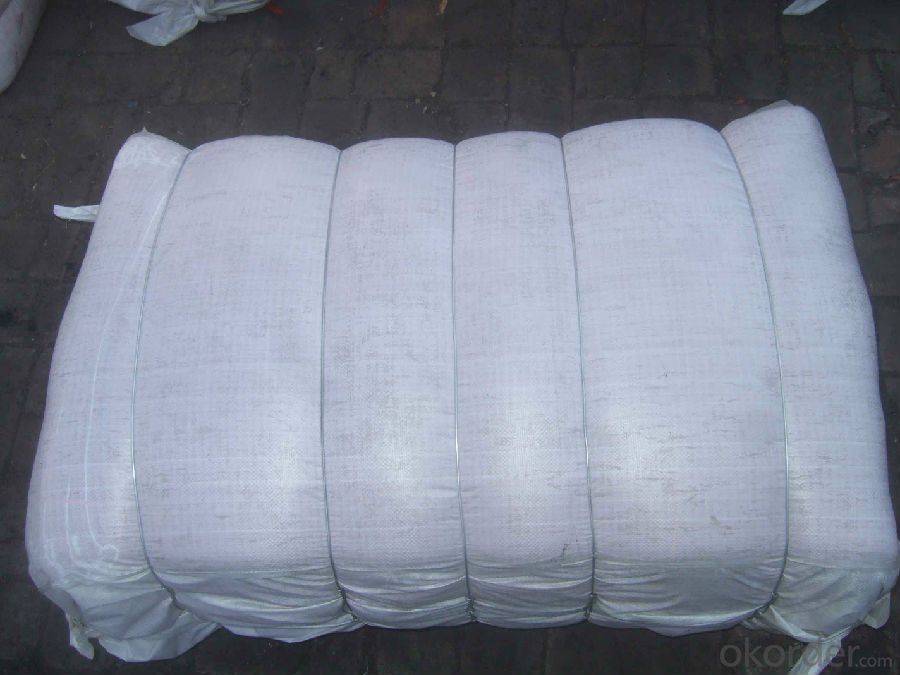
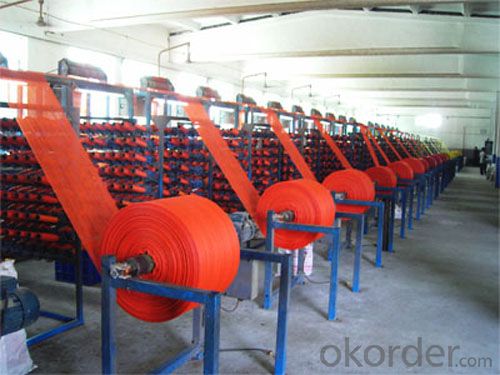
FAQ of Agricultural Vegetable Mesh Bag 28G for South American Market:
Q: How to guarantee the quality of the products?
A:We have established the international advanced quality management system,every link from raw material to final product we have strict quality test;We resolutely put an end to unqualified products flowing into the market. At the same time, we will provide necessary follow-up service assurance.
Q: How long can we receive the product after purchase?
A:In the purchase of product within three working days, We will arrange the factory delivery as soon as possible. The pecific time of receiving is related to the state and position of customers.Commonly 30 to 35 working days can be served.
Q: HOW TO GET A SAMPLE?
A: FREE samples for Agricultural Onion Mesh Bag 40g HDPE Material are available for your checking and testing. And to get free samples, you need to send us you detailed receiving address (including post code) and your DHL/FedEx/UPS account for collecting samples, courier cost will be paid in your side.
- Q:How do agricultural plastic products help in improving crop quality?
- Agricultural plastic products help in improving crop quality by providing various benefits. They protect crops from pests and diseases by acting as a physical barrier. Plastic mulches can regulate soil temperature, conserve moisture, and suppress weed growth, leading to healthier plants and higher yields. Plastic covers and tunnels create a controlled environment, extending the growing season and protecting crops from extreme weather conditions. Additionally, plastic containers and packaging help preserve the freshness and quality of harvested crops during transportation and storage.
- Q:What are the different types of plastic irrigation fittings?
- There are several different types of plastic irrigation fittings, including couplings, tees, elbows, adaptors, valves, and connectors. These fittings are used to connect and redirect water flow within an irrigation system, ensuring efficient and effective distribution of water to plants and crops.
- Q:How are plastic seed trays used in nursery operations?
- Plastic seed trays are commonly used in nursery operations to provide a controlled environment for germination and early growth of plants. These trays are filled with a seed-starting mix and the seeds are sown in each cell. The trays provide adequate space for root development and allow for easy transplanting of seedlings once they have grown. Plastic seed trays also help in maintaining moisture levels and temperature, promoting healthy growth and reducing the risk of diseases. Additionally, these trays are lightweight, durable, and reusable, making them a cost-effective choice for nurseries.
- Q:Can nursery trays be used for seedling transplanting?
- Yes, nursery trays can be used for seedling transplanting. They provide an organized and convenient way to start and grow seedlings before they are ready to be transplanted into larger pots or directly into the ground. Nursery trays are designed with individual compartments that help keep the seedlings separate and allow for easy transportation and handling during the transplanting process.
- Q:What are the benefits of using plastic feeders and drinkers for livestock?
- Plastic feeders and drinkers offer several benefits for livestock. Firstly, they are lightweight and easy to handle, making it convenient for farmers to move and clean them. Secondly, plastic is durable and resistant to rust or corrosion, ensuring a longer lifespan compared to metal alternatives. Additionally, plastic feeders and drinkers are non-porous, reducing the risk of bacterial growth and promoting better hygiene for the animals. Lastly, plastic materials are relatively affordable, making them cost-effective for farmers when compared to other options.
- Q:How do you choose ground cover plants that complement other garden elements?
- When choosing ground cover plants that complement other garden elements, I consider factors such as the overall theme and style of the garden, the color scheme, and the height and texture of surrounding plants. I look for ground covers that harmonize with the existing elements, either by matching or contrasting their colors and textures. Additionally, I ensure that the ground covers are suitable for the specific growing conditions of the garden, such as sun exposure and soil type.
- Q:How do you transition between different types of ground cover?
- To transition between different types of ground cover, you should first remove any existing vegetation or debris from the area. Then, level the ground if necessary by adding or removing soil. Next, consider installing a barrier or edging to separate the different types of ground cover. This will help contain each type and prevent them from spreading into one another. Finally, carefully plant or lay the new ground cover material, making sure to water and maintain it properly to ensure healthy growth and a seamless transition.
- Q:Can ground cover be used to enhance the overall aesthetics of a garden design?
- Yes, ground cover can definitely be used to enhance the overall aesthetics of a garden design. Ground cover plants, such as colorful flowers or lush green foliage, can add depth, texture, and visual interest to the garden. They can help create a cohesive and balanced look, fill in empty spaces, and provide a seamless transition between different elements of the garden. Additionally, ground cover plants can help suppress weeds, retain moisture, and provide a natural and low-maintenance solution for areas that are difficult to mow or maintain.
- Q:Can ground cover be used as a natural insect repellent?
- Yes, ground cover can be used as a natural insect repellent. Many plants that serve as ground cover, such as citronella, lemongrass, and pennyroyal, contain natural oils that repel insects. These plants can help deter pests like mosquitoes, ticks, and flies when used in landscaping or as potted plants. However, it's important to note that the effectiveness of ground cover as an insect repellent may vary depending on the specific plant species and the concentration of its repellent properties.
- Q:Can plastic break easily underwater?
- It shouldn't, no. If its got a good thickness to it, it should be rather durable, even under water.
1. Manufacturer Overview |
|
|---|---|
| Location | |
| Year Established | |
| Annual Output Value | |
| Main Markets | |
| Company Certifications | |
2. Manufacturer Certificates |
|
|---|---|
| a) Certification Name | |
| Range | |
| Reference | |
| Validity Period | |
3. Manufacturer Capability |
|
|---|---|
| a)Trade Capacity | |
| Nearest Port | |
| Export Percentage | |
| No.of Employees in Trade Department | |
| Language Spoken: | |
| b)Factory Information | |
| Factory Size: | |
| No. of Production Lines | |
| Contract Manufacturing | |
| Product Price Range | |
Send your message to us
Agricultural Vegetable Mesh Bag 28G for South American Market
- Loading Port:
- Shanghai
- Payment Terms:
- TT OR LC
- Min Order Qty:
- 10000 m²
- Supply Capability:
- 1000000 m²/month
OKorder Service Pledge
OKorder Financial Service
Similar products
New products
Hot products
Related keywords
